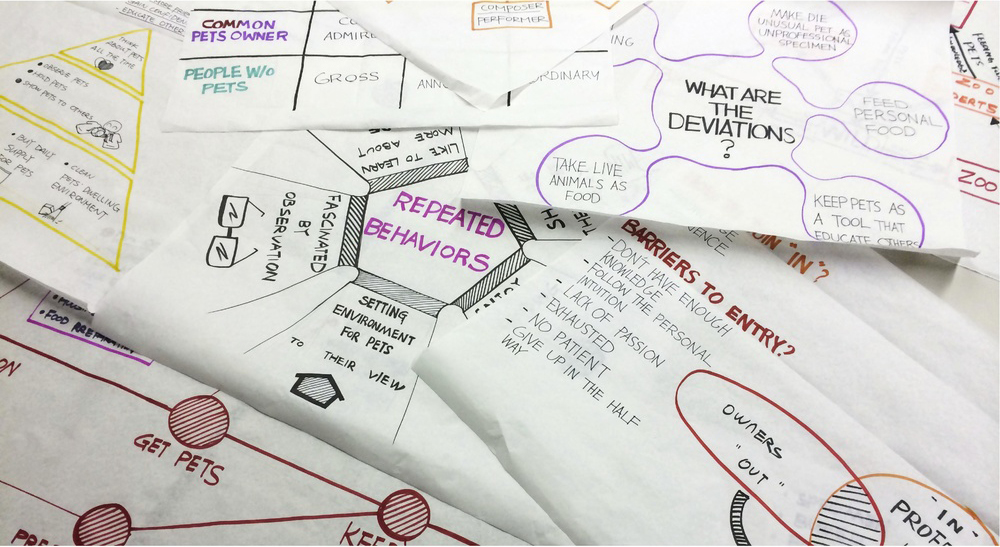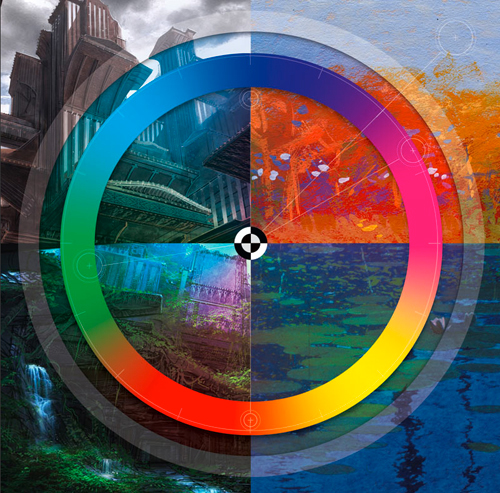


I've struggled for years to accurately convey the complex picture of industrial design at
Art Center—the reality behind the hype. We are sometimes viewed as shallow stylists, mostly because what people see of our work are slick photos of final models. Rarely do people get to see the process that we employ, and the thinking behind it. This isn't limited to us, by the way—if you examine what gets published about industrial design, you'll see an endless parade of glamour shots of the latest shiny thing, and the criteria used for the curation of this work seem to revolve around the hot image it will create in a magazine. This shallow picture isn't helped by the fact that we at Art Center are often running at such a pace that we—students
or faculty—rarely get out to share with others what we're up to.
Industrial designers complain that people misunderstand what we do. Part of the blame lies with us. We struggle to appear in publications that limit the view of our work to the single glam shot. If we're not careful, we might wind up like those architects who seem to design a building to create a photo op for the cover of Architectural Record—not to provide an optimal experience for the people who will inhabit the space.
For years I've admired the way that IDEO crafts their own story. Through artful self-publication as well as controlled use of traditional publishing outlets, they have created the image that we have of them. They are not known for any particular design; they are known for their innovation process, as they should be.
What's a designer to do who doesn't have the firepower of a major office as backup? Check out the blog of industrial design student
Stéphane Angoulvant. In January 09, at the beginning of his second term (or the second half of his freshman year), he decided to start a record of his work at Art Center, project by project, course by course.
We get to look over his shoulder as he tackles each assignment, understanding not only the process he uses to solve the problem but also the rationale for the assignment in the first place, how it fits into the stream of coursework that makes up the curriculum. He does this without undue self-aggrandizement but with quiet confidence and clear-eyed excitement. As he says in his kickoff post, "Just want to keep it simple here and post what I can from my ongoing design projects." Following his posts I see the world that we have created for our students from the student's-eye view, and at the same time get to revisit the fun of my own experience learning the design process so long ago.
Following a notice on
Coroflot earlier this year, the blog has acquired an
enthusiastic following of fellow students and admirers. By the time Stéphane reaches his 8th term, he will have already created that new requirement for career success—a solid web presence.
I find this profound in so many ways—seeing the world of the Other from their point of view (which is what my research methodology is all about), seeing the organic start of a designer building what will eventually become his career and his reputation, and perhaps most interesting, seeing how young designers gather together in communities of shared interest.
IDSA, and all who purport to be gathering places for designers, take special note of this last one.
 Saturday, October 18, 2014 at 5:11PM
Saturday, October 18, 2014 at 5:11PM 
 Katherine Bennett | Comments Off |
Katherine Bennett | Comments Off |  Art Center,
Art Center,  Elizabeth Sanders,
Elizabeth Sanders,  design research
design research 


